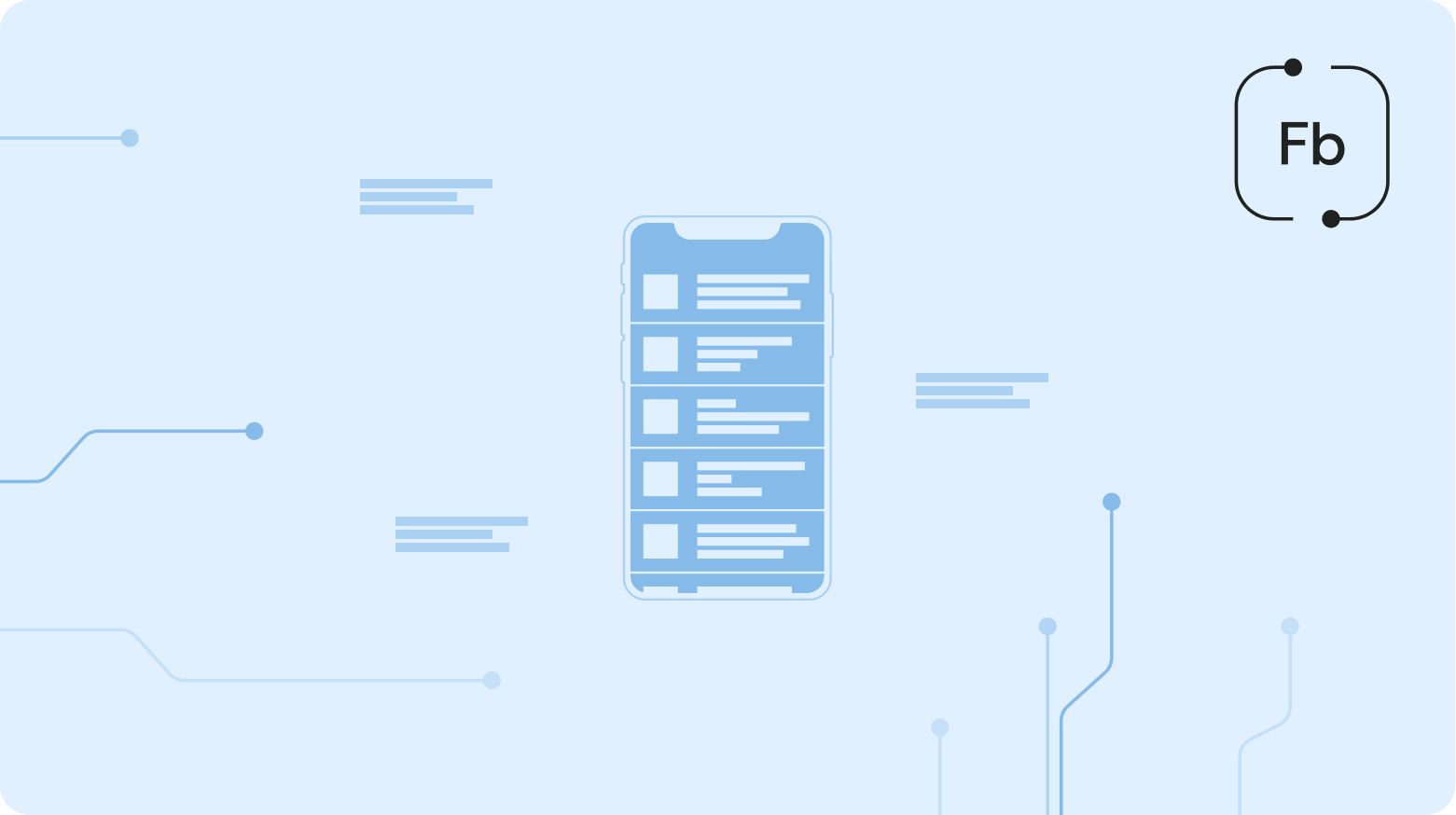
Want to know how a single tweet can sway stock markets or how real-time sentiment analysis predicts the next consumer trend? X (formerly Twitter) is where these insights ignite. Twitter ranks as the 15th most popular social network with 368+ million monthly active users worldwide as of December 2022, offering businesses data that delivers an unhampered link to worldwide conversation dynamics. With its help, brands could run live dialogues, provide instant customer support, and have an instantaneous impact on business trends, automatically increasing their profit.
Want the same results? Social Media API from Data365 is where the success begins. Get a quick call with our team and start using your 14-day free trial in no time.
Now, let’s explore how businesses can succeed through X's API data, observe the official X API, and discover alternative solutions for achieving the best brand development results.
Introduction to Official Twitter APIs
The official Twitter APIs are tools to programmatically retrieve and analyze Twitter data and build for the conversation on Twitter.
Today, there are several access levels that allow you to collect different volumes of data and use basic or advanced features. Below, we outlined the key features and abilities of the official Twitter API and its versions.
Twitter API HTTP Methods and Endpoints
As with any other API, Twitter API provides a list of methods, including:
- GET (retrieving data);
- POST (creating data);
- PUT (updating data);
- DELETE (removing data).
This is how users utilize HTTP methods (GET, POST, PUT, DELETE) to interact with particular API endpoints and achieve desired results including data retrieval, creation, update, etc.
Features and API Versions
Official Twitter APIs have multiple versions and tiers: Twitter API v2, Standard v1.1, Premium, and Enterprise APIs (or Gnip). Each version offers a certain access level and a pack of features.
Here's a breakdown of the differences between the various API tiers and versions:
Standard API is the basic level of access to the Twitter API and is available to all developers who register for a developer account. It has limitations on the number of requests per month but still offers the ability to read and post tweets, access user profiles, search for tweets and users, and others.
Premium API is a paid tier that offers more advanced features with a higher level of data access and provides additional features such as higher rate limits, full-archive search, and more robust analytics capabilities.
Enterprise API is a customized version designed for large organizations and businesses with specific data needs. It offers more extensive customization options, dedicated support, and other features such as custom data solutions and tailored pricing.
v1.1 API is the current Twitter API version that offers a wide range of functionality, including access to tweets, user data, search results, and trends; it is available to all developers, regardless of whether they are using the Standard, Premium, or Enterprise tier.
v2 API is the latest Twitter API version, which was introduced in 2020. It offers a number of new features and enhancements, such as more powerful search capabilities, improved filtering options, and more granular data access controls; is also available to all developers, regardless of whether they are using the Standard, Premium, or Enterprise tier.
The differences between the various tiers and versions of the Twitter API mainly come down to the level of access and features provided, as well as the cost and customization options available. Developers should carefully consider their needs and the specific features and limitations of each tier and version before choosing which API to use.
Here are some of Twitter's API salient features to keep in mind:
- It is based on HTTP;
- 4 main objects: Tweets, Users, Entities, and Places;
- There are specific measures to mind, including library restrictions, specific parameters, generated paging, etc;
- Daily restrictions to protect the platform from abuse.
It's also important to note that each version of the Twitter API has its own documentation and requirements. This is why businesses should put special emphasis on acknowledging all current restrictions and terms before using the API. Also, developers should be aware that as new versions are introduced and old versions are deprecated, they may need to update their code to ensure compatibility with the latest version of the API.
API Access Level and Approval
As it was mentioned before, the Twitter API offers several access levels. Essential that is given by default without needing any approval. Plus, there are three more levels with some approval required*: Elevated, Elevated+, and Academic Research. Each level unlocks more features, speed limits, and higher rate limits.
*Note that approval can take up to two weeks or more.
Here's a brief overview of the official Twitter APIs’ access levels:
- Standard access: available to anyone who applies for and is granted API access; allows to make up to 500,000 API requests per month and access most of Twitter's features, including reading and posting tweets, accessing user profiles, and searching for tweets and users.
- Academic research access: provides access to a larger archive of historical tweets, real-time access to the full Twitter firehose, and the ability to analyze tweet sentiment.
- Elevated access: granted on a case-by-case basis and provides access to features such as higher rate limits, more data fields, and the ability to run more complex queries.
- Enterprise access: designed for businesses and organizations that require access to Twitter data at scale; provides access to a full range of API functionality, as well as additional features such as data licensing, support from Twitter's enterprise team, and access to custom data solutions.
This differentiation allows developers to choose the level of access that best suits their needs and requested features. However, there are certain requirements and limitations applied to each access level. Make sure to learn and understand the documentation and guidelines provided by Twitter.
Say Goodbye to Limitations from Twitter API: Alternative API Options

If you’re not fully satisfied with offers provided by Twitter API, third-party options are available. Let’s overview the key features, benefits, and capabilities of a third-party API service that enables you to retrieve Twitter data quickly and comprehensively for further analysis.
Methods and Endpoints
Most of the average Twitter API alternative options provide various HTTP methods and endpoints that allow you to retrieve information from the Twitter network. You can use POST requests to add data to the database and GET requests to retrieve data.
Third-party Twitter API endpoints include profiles, tweets, profile search, and tweet search.
When utilizing the private API, you can also use different parameters to filter the data, such as date ranges, author names, keywords, and hashtags.
Access and Limitations
There are no complex access levels. The customer can access all the features and data types offered by alternative APIs immediately after receiving the API access token.
There's only one limit – the amount of data you can get per request. Talking about posts per profile – it’s up to 300 posts in 1 request. Still, you can increase it by monitoring or re-creating queries with different filters, i.e., filters with different time intervals (day, month, etc.) or locations (cities, countries, etc.).
The pricing systems of alternative APIs are usually flexible and scalable, allowing businesses of all sizes to access valuable social media data without breaking the bank.
Alternative and Official Twitter APIs: Functionality Comparison
Third-party services offer access to Twitter data through an API, while the official Twitter APIs are developed and maintained by Twitter itself.
As a result, there are some key differences between the two:
- Features: The official Twitter API offers a range of features, including data retrieval, posting, updating, and deleting. Third-party APIs focus on data extraction with advanced filtering and sorting options.
- Data: The official Twitter API provides access to real-time, recent, and historical data through various tiers. Third-party APIs offer real-time public Twitter data.
- Pricing: Pricing for the official Twitter API depends on the tier and customization, while third-party API costs are based on data volume.
- Purpose: The official Twitter API is for Twitter-specific tasks like analytics, trend tracking, and posting. Third-party APIs are for multi-platform data access and data extraction.
You are free to use official Twitter APIs to fetch network data. If you need access to Twitter data and other social media and don't want to learn the access levels, use a third-party tool.
Key Features and Advantages
Alternative API allows you to filter tweets and profiles using keywords or phrases. When forming a request, it’s also possible to use:
- Logical operators (AND, OR, etc.) and stopwords;
- Operators 'since:', 'until:', 'from:', 'to:', etc.;
- The "top" and "latest" parameters can be applied when searching for tweets to get the most relevant/latest tweets;
- Filter the results by different parameters (date, author, reply target, tagged profiles, etc.);
- Any variables from Twitter's Advanced search page;
- The “users” parameter can be applied when searching for profiles to get the most relevant profiles.
Besides that, using third-party API, you can obtain large volumes of all publicly available data by profiles, tweets, and many more. Thus, the tool allows you to get more fields, which means more data, leveraging all the features with one level of access at a fair price.
Third-party Social Media APIs can provide live support, the ability to get a quick reply, and even offer improvements to the API (add an endpoint or type of data that you need), customizing the API to fit the project needs, and many more.
What Can You Do With The Alternative API?
There is a wide variety of things that relate to finding, collecting, retrieving, viewing, sorting, and filtering any data on X (formerly known as Twitter) that you can do for your company's success.
Here are a few ways to use the API:
- Collect Twitter data to monitor consumer behavior;
- Find trending influencers and track their popularity;
- Protect and strengthen your brand and its reputation by monitoring user conversations and related discussions;
- Always be aware of new popular topics and upcoming trends;
- Predict the next trends ahead;
- Gather news and opinion data to drive investment decisions;
- Develop products based on new trends using tendencies in tweets, hashtags, etc.;
- Learn about your competitors and their customers to gain insights and highlight advantages;
- Track political and economic trends so you can react to changes promptly to prepare and adapt to them.
In addition, such APIs can be used to build your own product. For instance, based on the API, you can build a chatbot or an app so that users can track and access specific types of Tweets. For example, as demonstrated in the following case study, Data365's Social Media API monitored the dissemination of COVID-19 information and detected social media patterns during the pandemic. The analysis of social media conversation gave researchers and public health officials crucial insight into people's sentiments, new symptoms, and the effectiveness of public health campaigns. The information gathered allowed authorities to make well-informed decisions that aided in the fight against the pandemic. To learn more about the abilities that become open with the Social Media API from Data365, visit our section with use cases.
So, Is It the Official Twitter API or a Third-party Solution?
As you can see, each tool comes with its pros and cons, so it depends on your project and budget what to choose. While the official API from Twitter might seem a good option, it still comes with strict limits and long pending periods, which poorly impact business processes (not to mention the outrageous prices for the most basic retrieval features and rates).
While using third-party APIs, you can enjoy benefits such as the ability to access multiple social networks, higher customization options, and a free trial with full technical support. Additionally, third-party API offers great flexibility in filtering options and criteria, making it a decent alternative to the official Twitter APIs.
For example, Data365’s Social Media API offers automating scaling, secure environment, clear documentation, live support and many other features for efficient data fetching.
Overall, that’s what makes third-party and private APIs a highly attractive option for businesses and individuals seeking to harness the power of social media data.
So, if you have any questions or want to start changing your marketing approach with fresh data, feel free to contact a Data365 team to learn more about the service.
Extract data from five social media networks with Data365 API
Request a free 14-day trial and get 20+ data types








.svg)
.svg)
.svg)






.svg)
.svg)
.svg)
